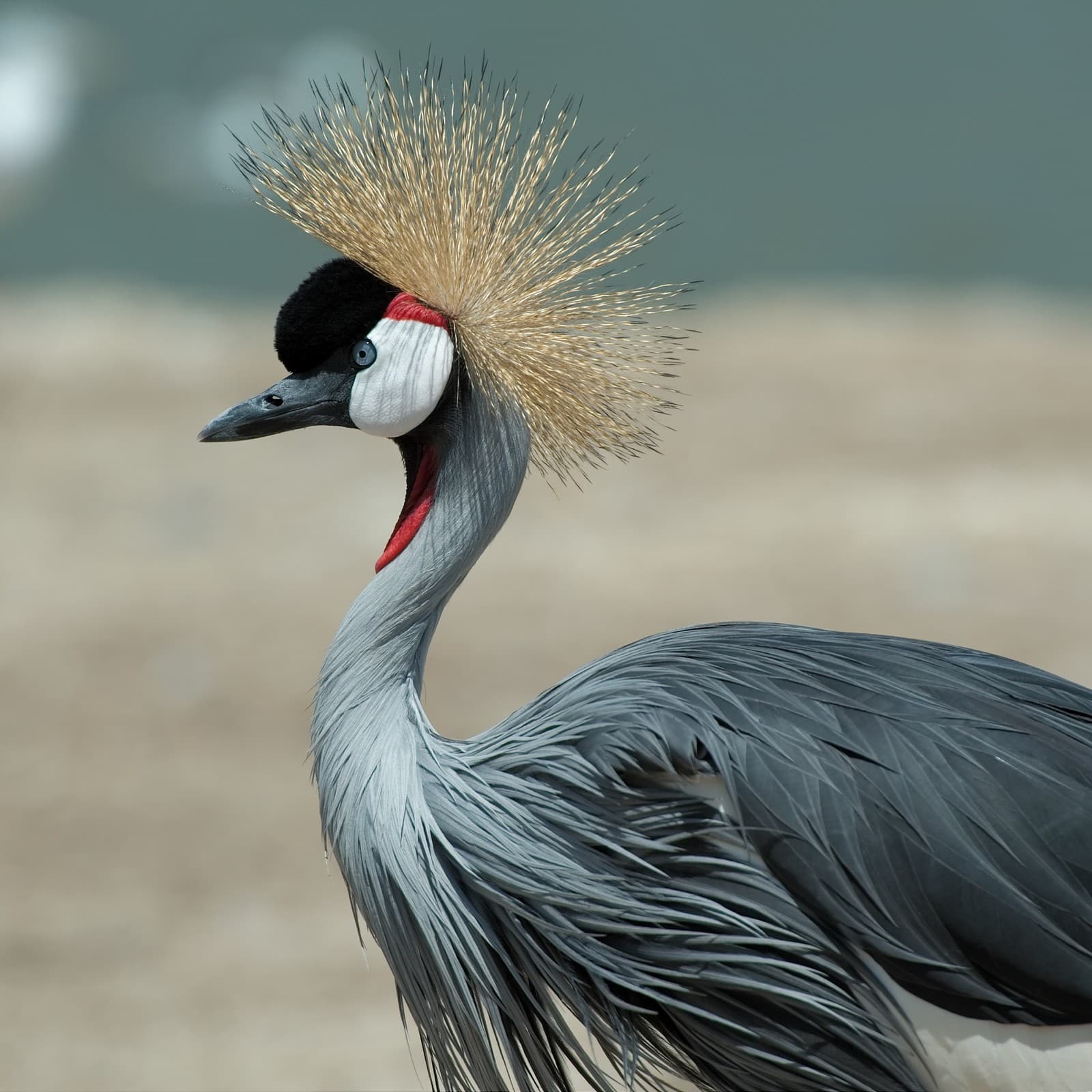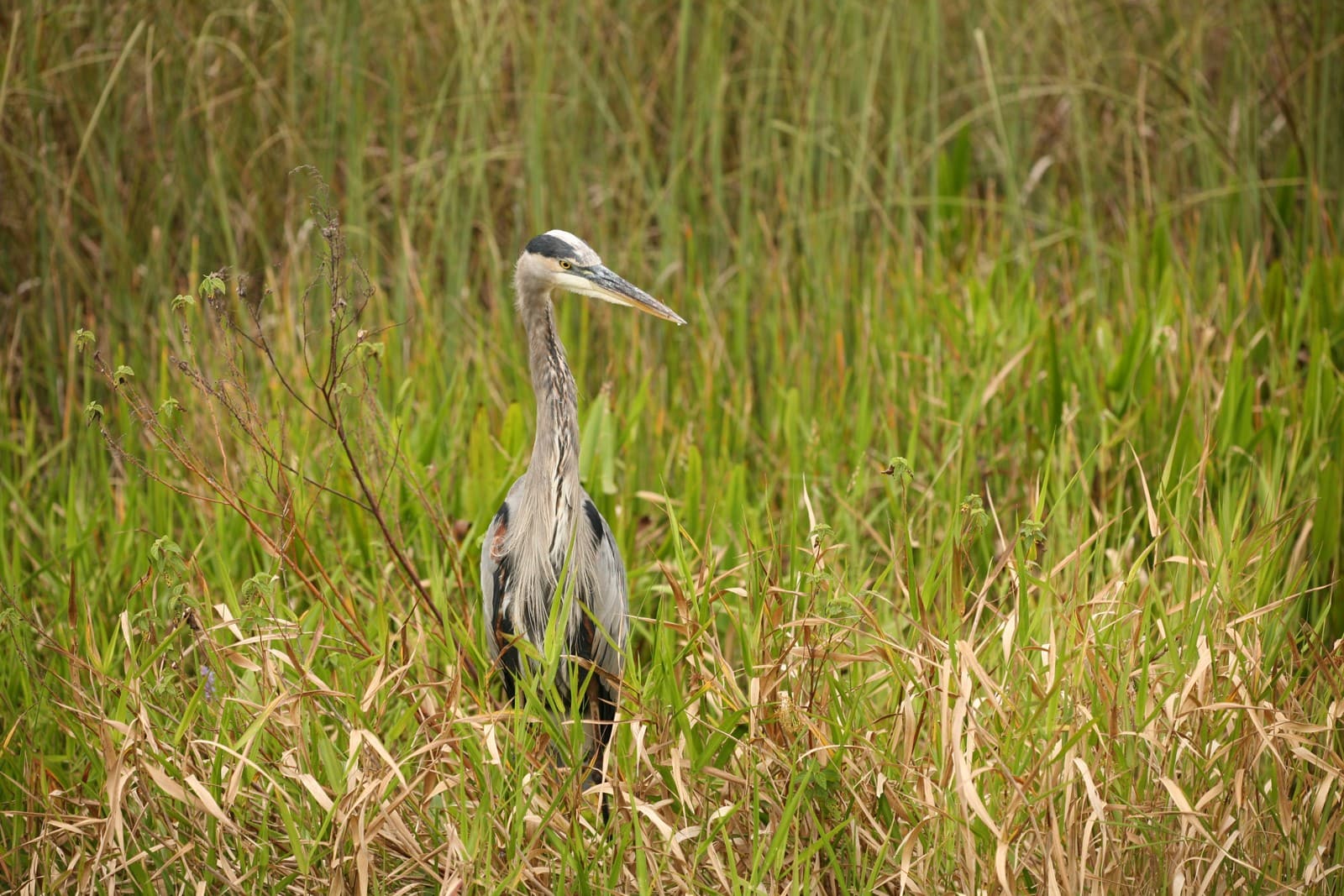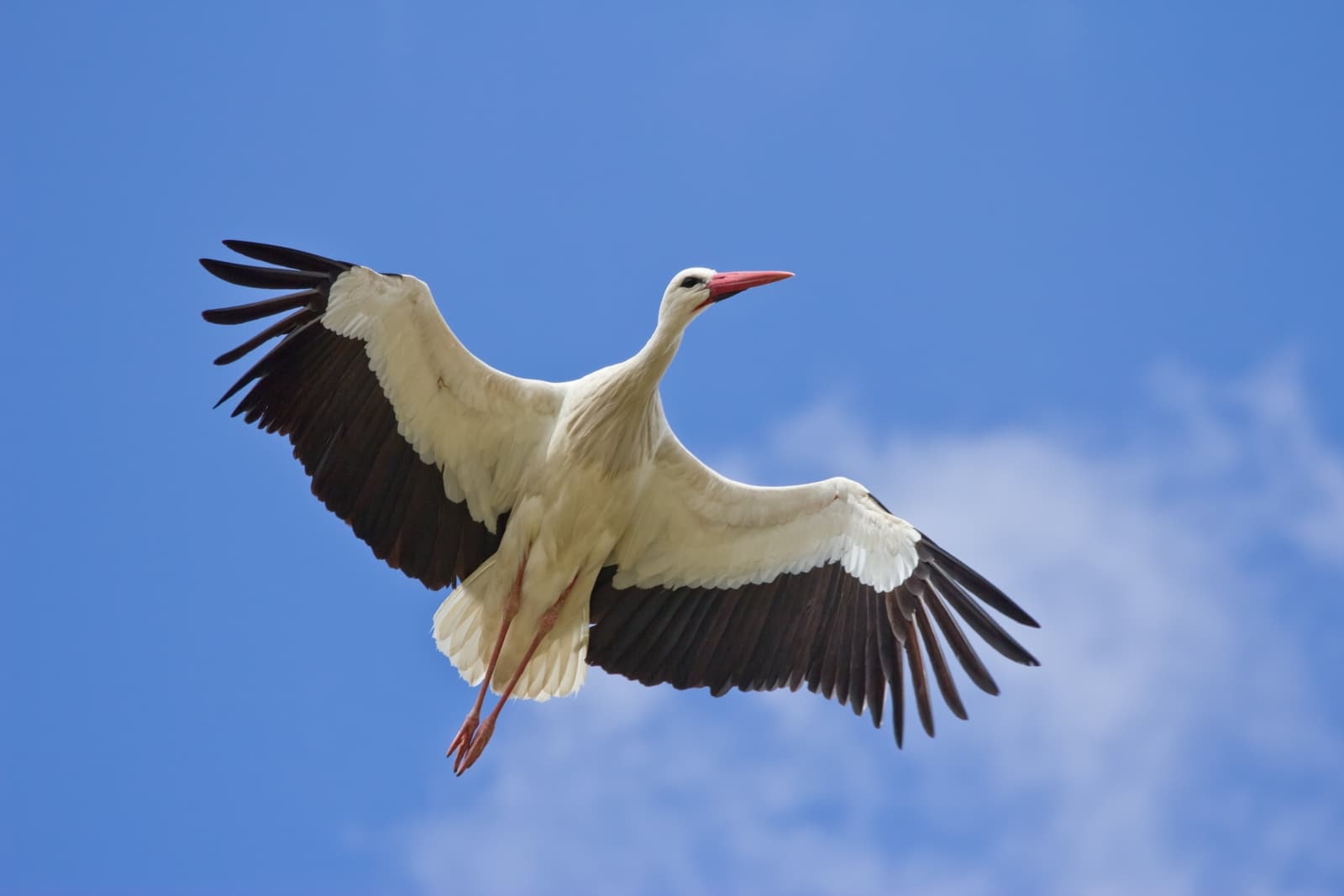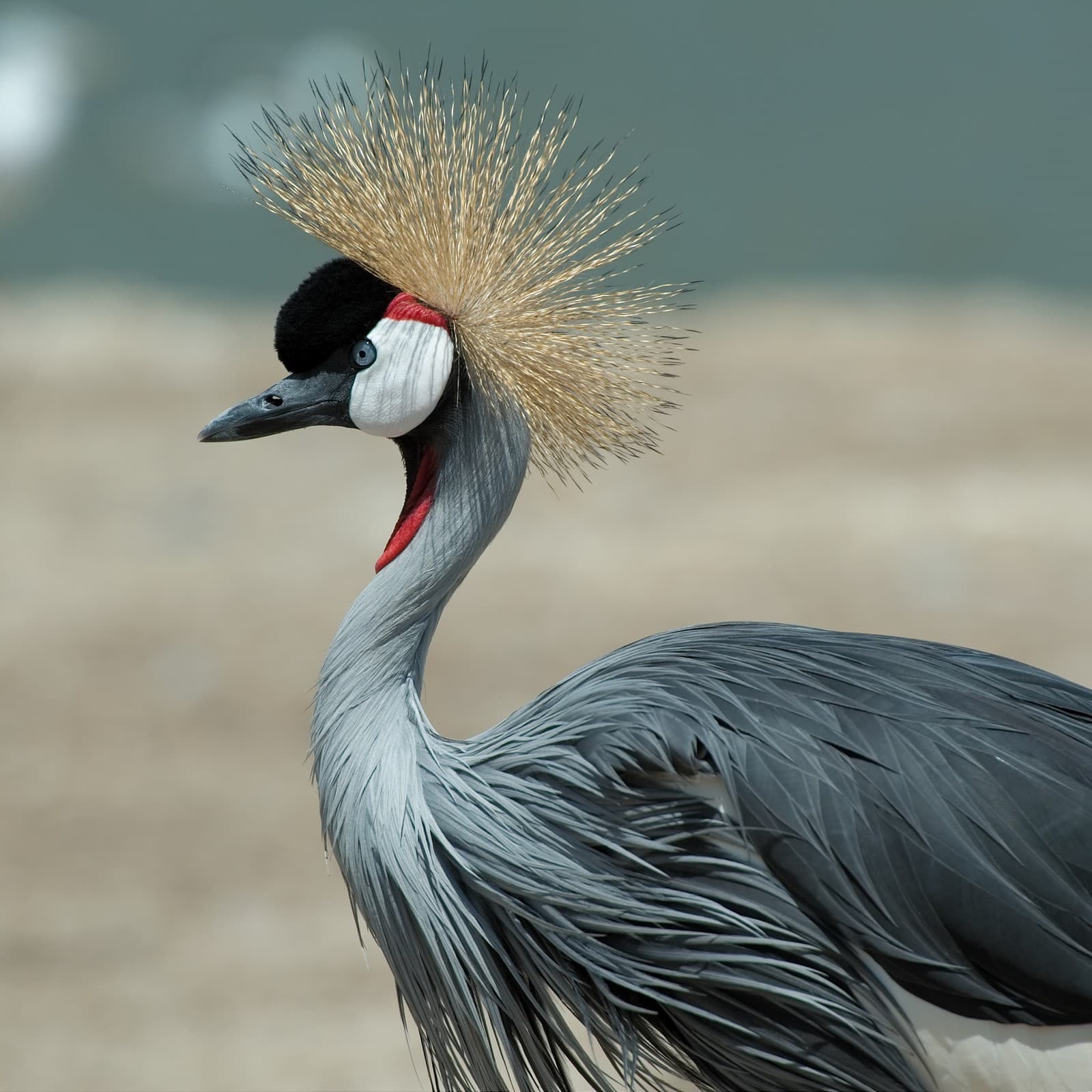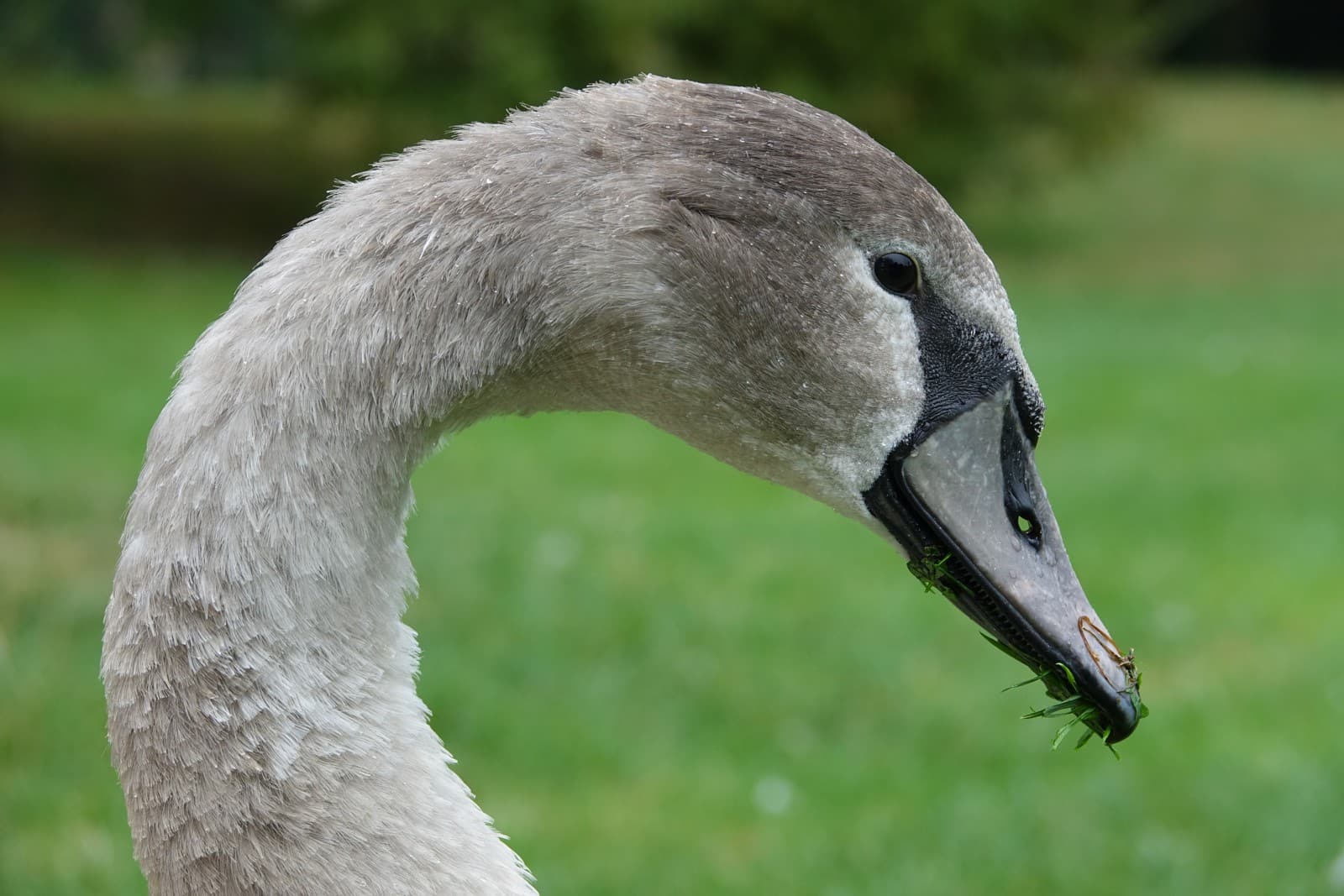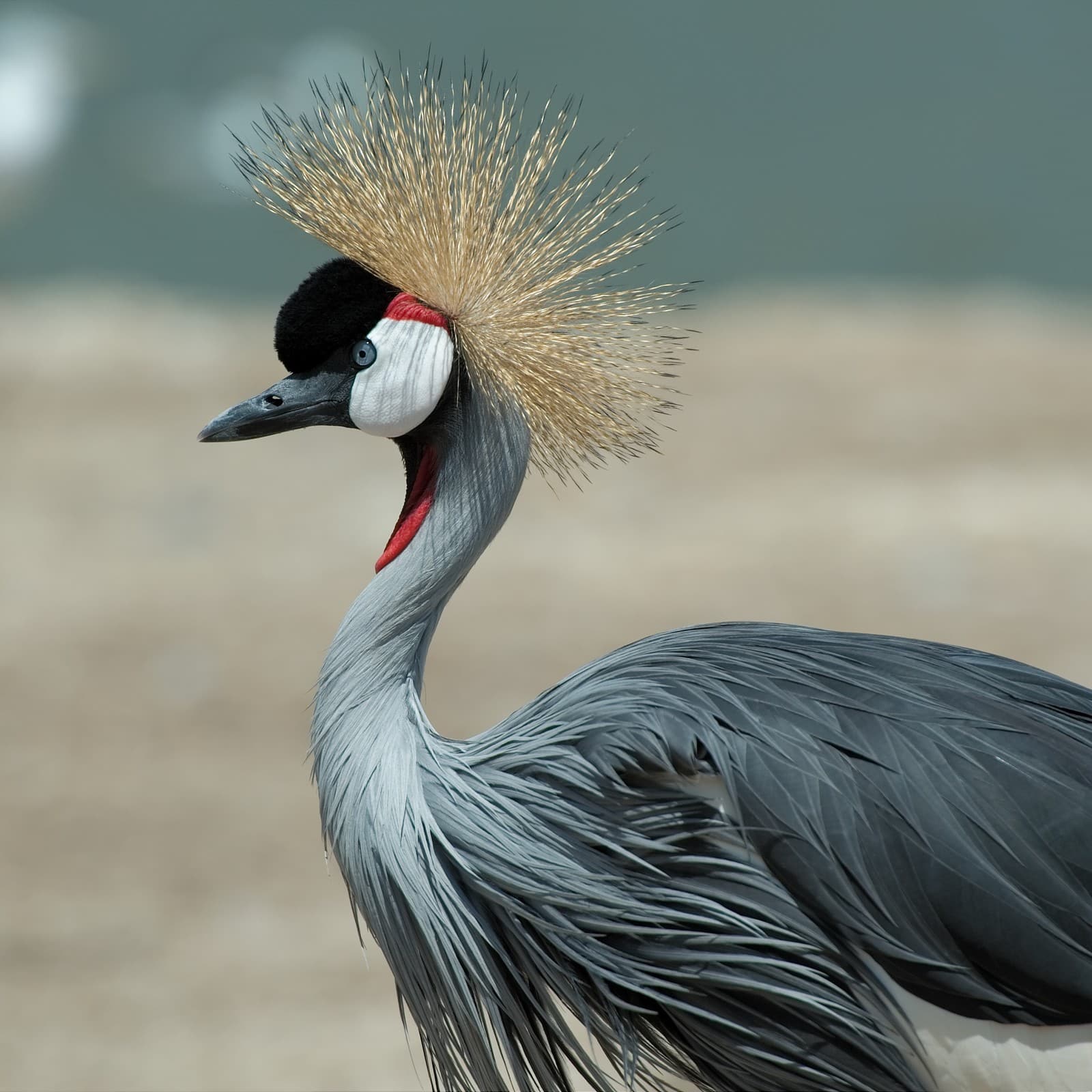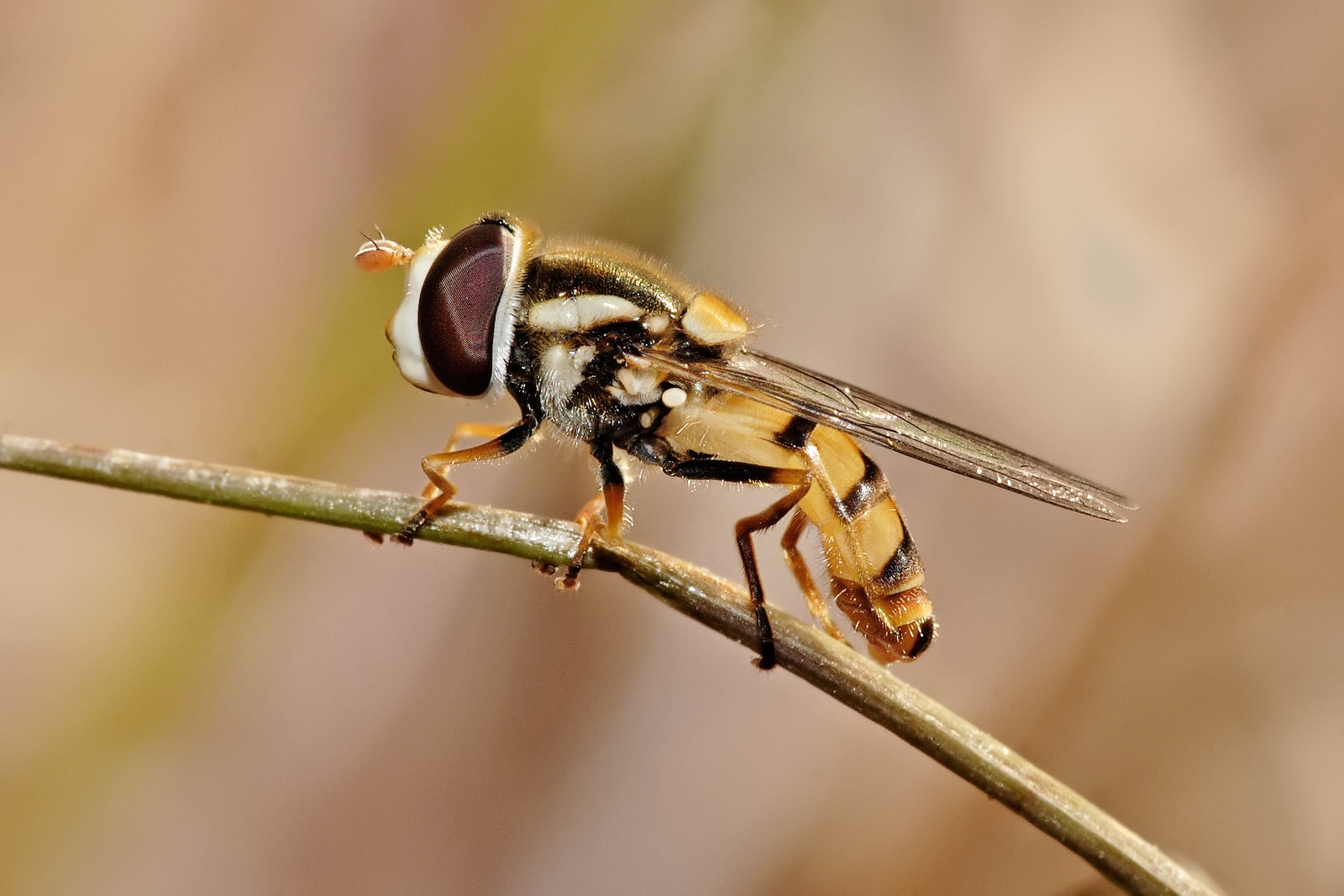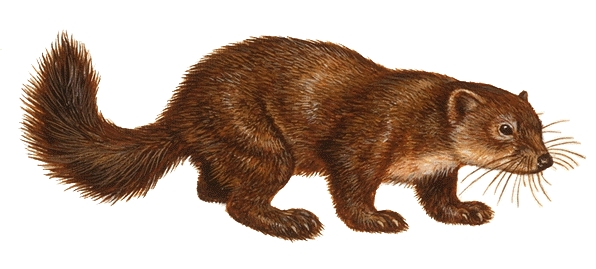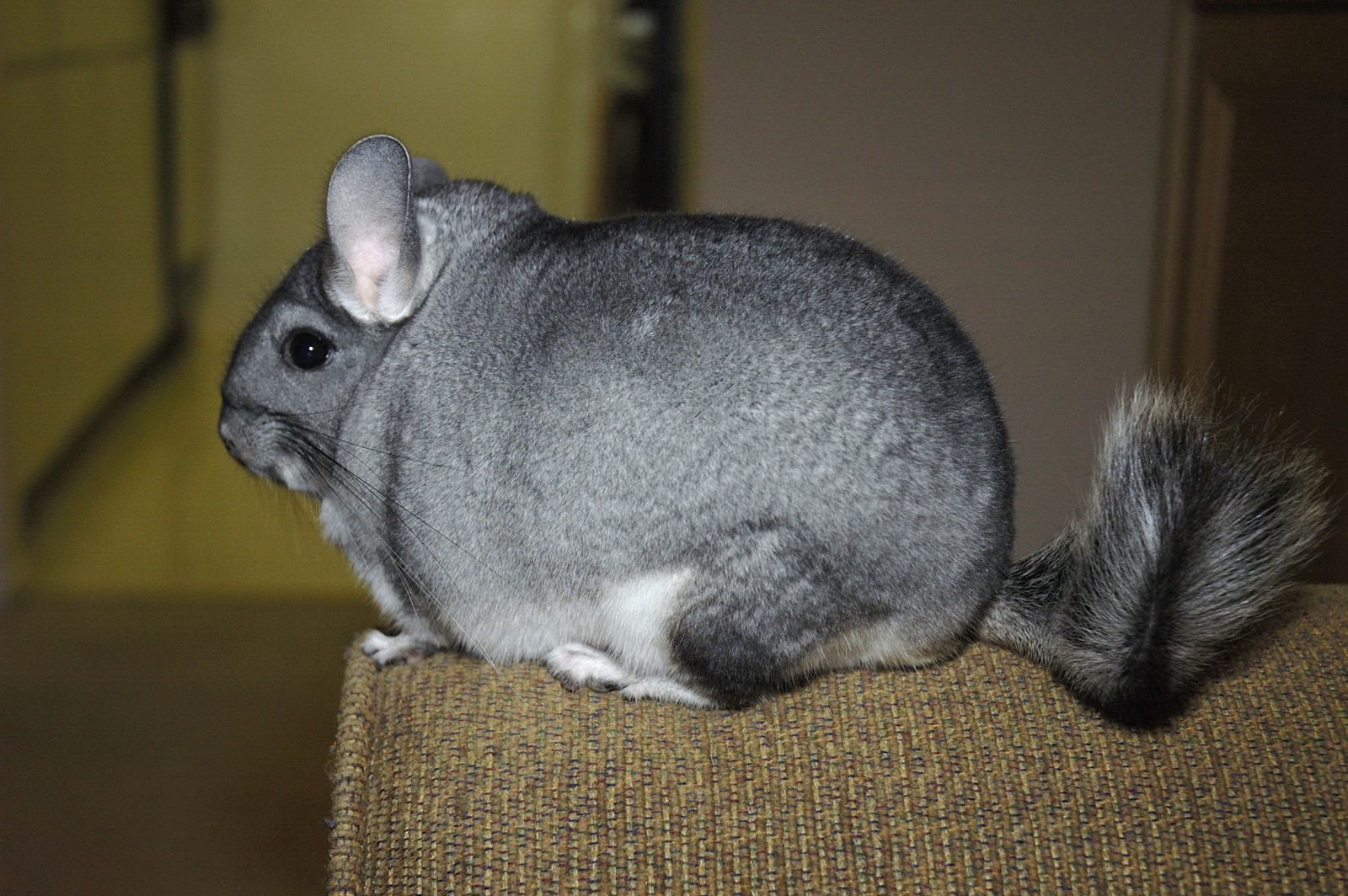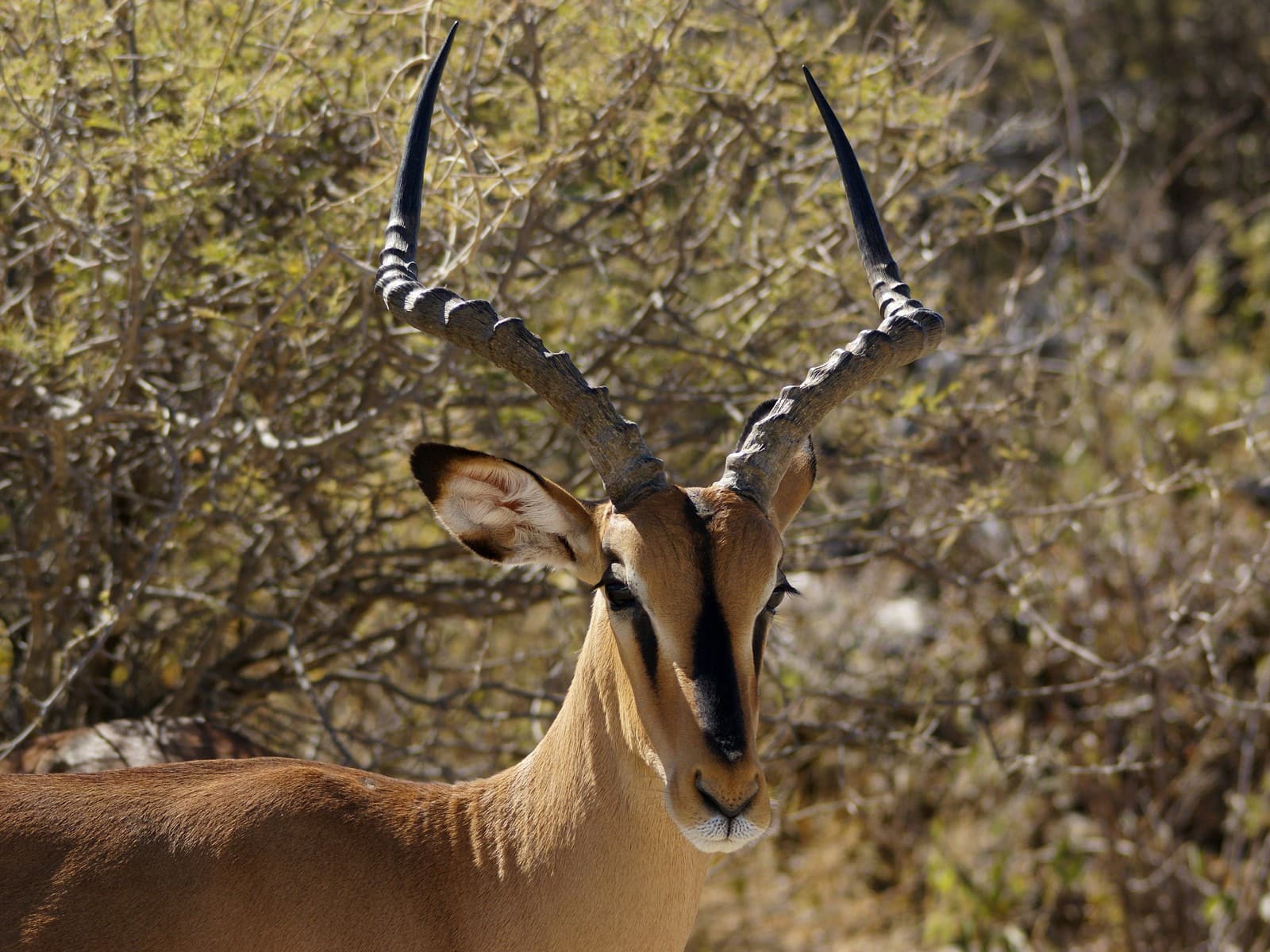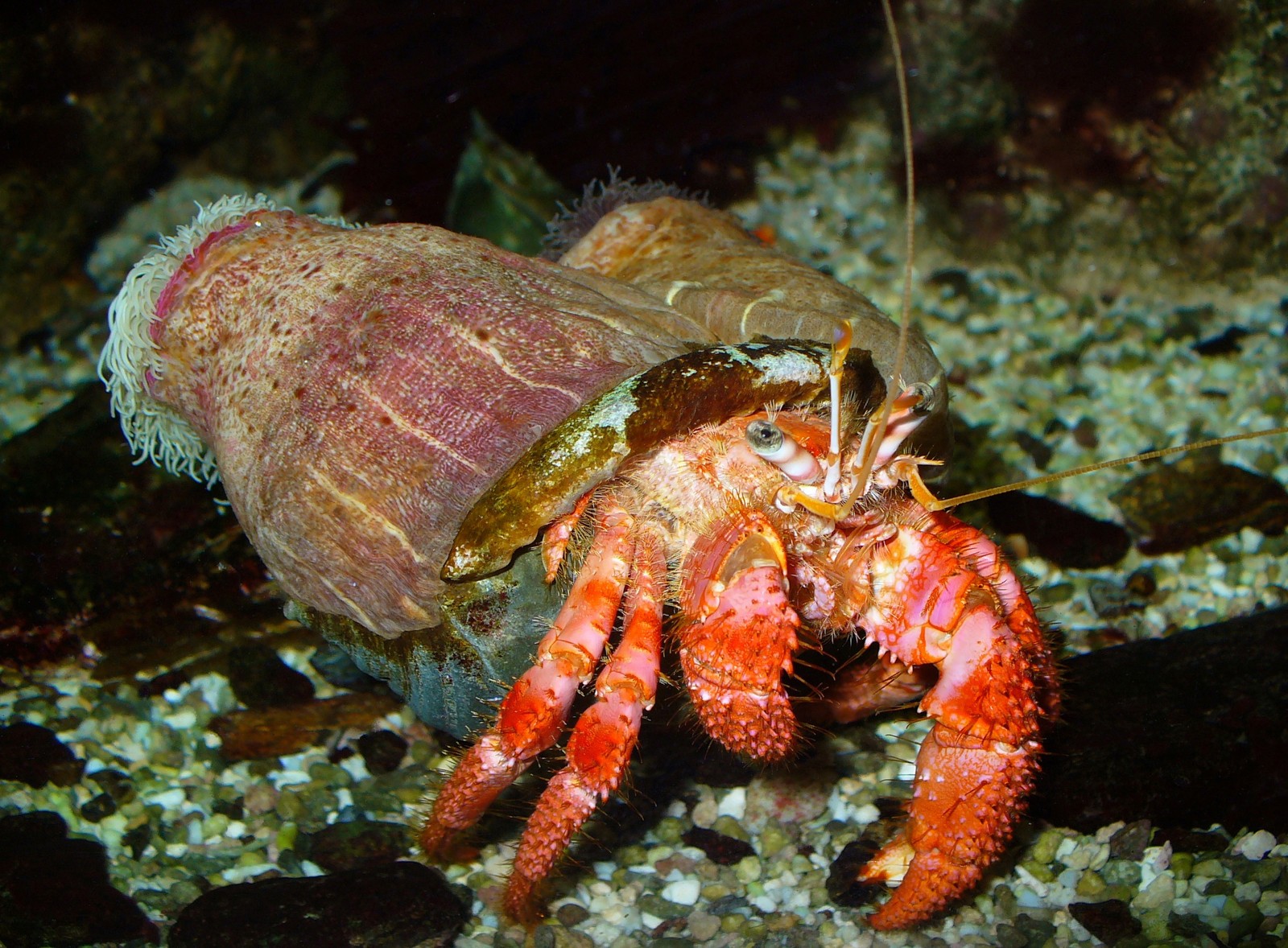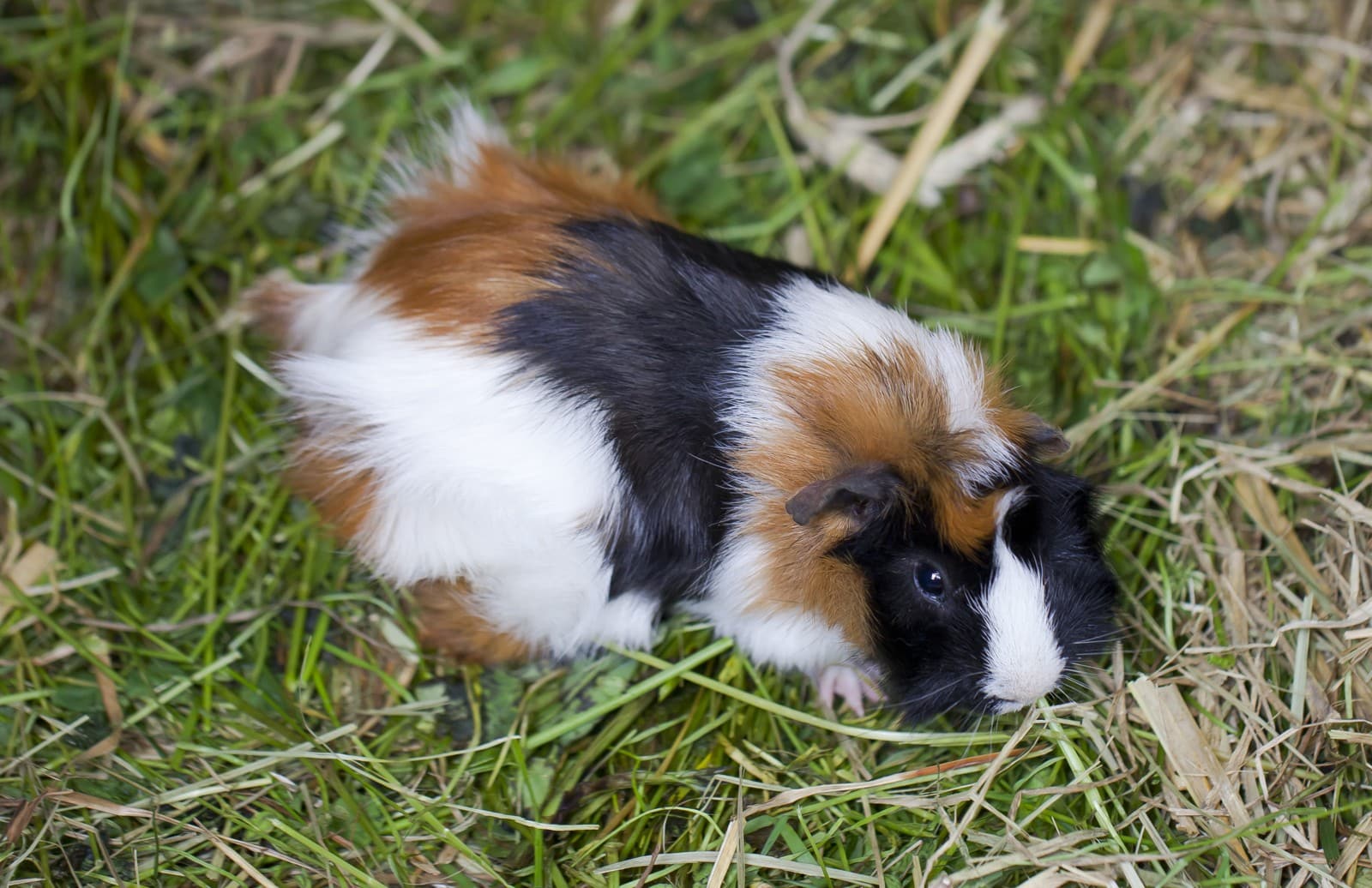Egret vs Crane: A Complete Comparison
When comparing egrets vs cranes, these elegant wading birds share some superficial similarities but represent two distinct families with remarkable differences. While both species are long-legged waterbirds, cranes are typically larger, with the Sarus Crane reaching heights of 5.9 feet (1.8 meters), compared to the Great Egret’s more modest 3.3 feet (1 meter).
Despite their shared preference for wetland habitats, egrets belong to the heron family (Ardeidae), while cranes are members of the Gruidae family. This fundamental distinction manifests in everything from their hunting techniques to their social behaviors, making each bird uniquely adapted to its ecological niche.
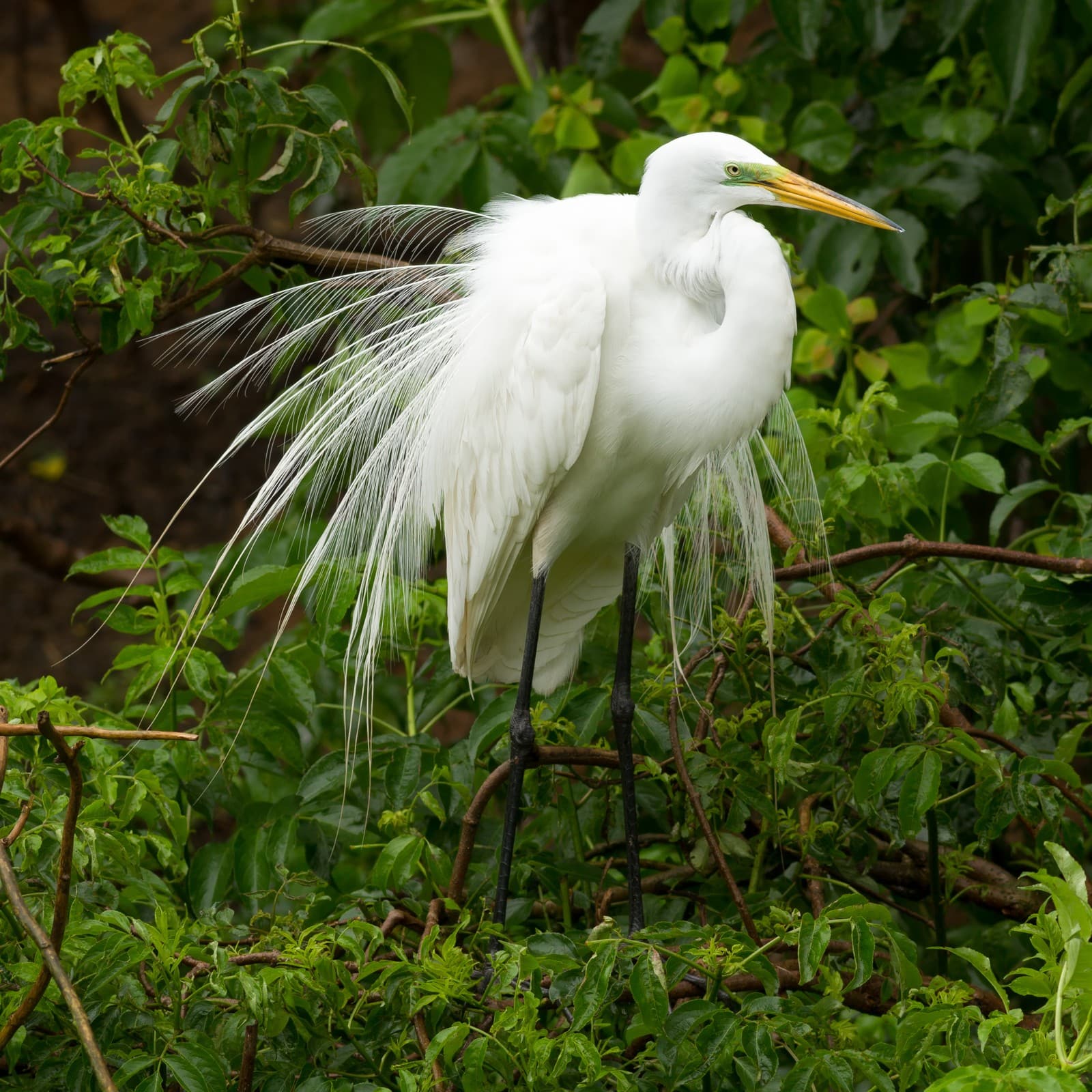
© Frank Schulenburg / CC BY-SA 4.0
The Great Egret exemplifies the characteristic features that distinguish egrets from cranes: an S-curved neck that can strike with lightning speed when hunting, and specialized breeding plumes known as aigrettes that once made these birds targets of the fashion industry.
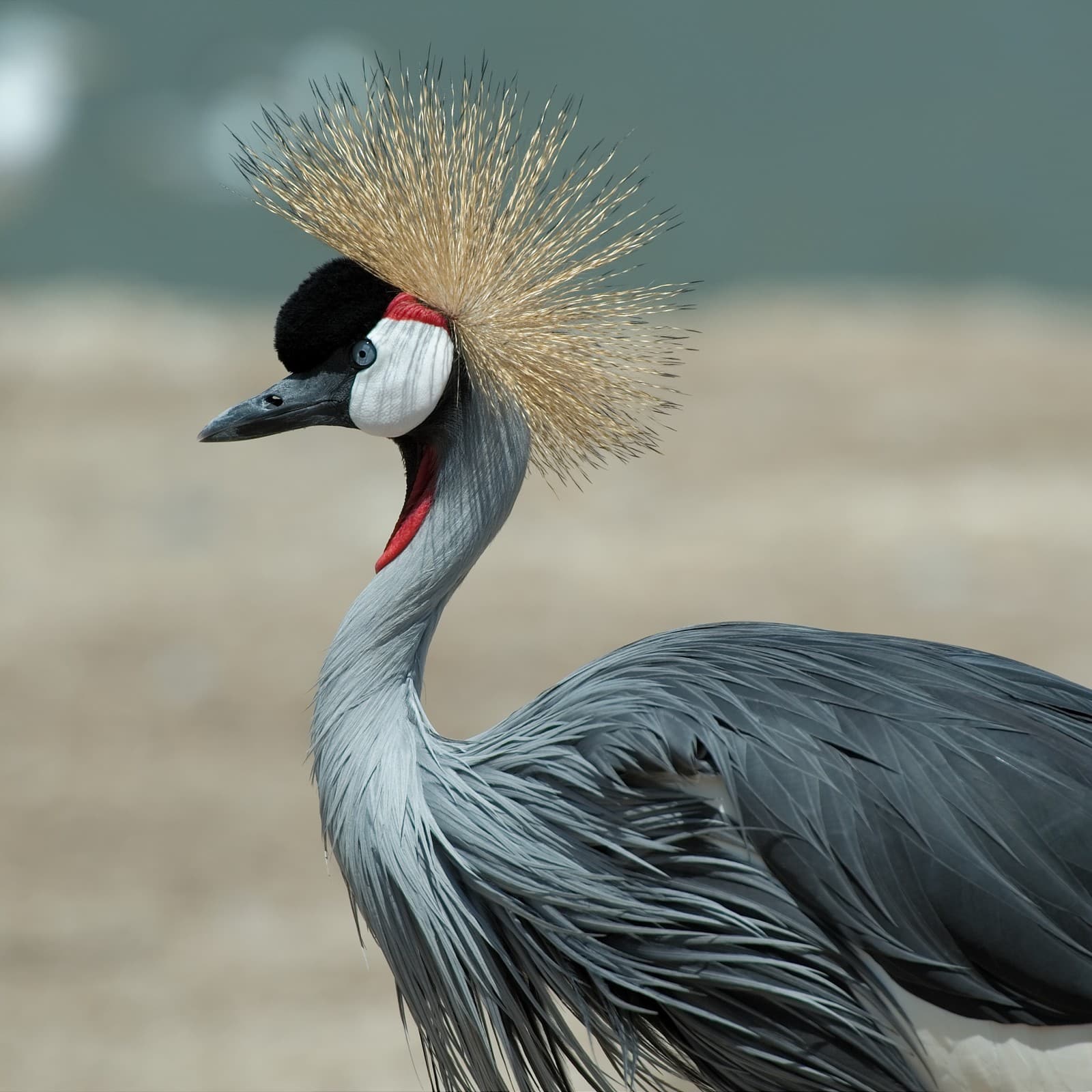
© Luc Viatour / CC BY-SA 3.0
The Grey Crowned Crane demonstrates the distinctive features of the crane family, including its ornate crown of golden feathers and more robust build. Unlike egrets, cranes maintain straight necks during flight and possess more varied plumage patterns.
Key Differences Between Egrets and Cranes
| Feature | Egret | Crane |
|---|---|---|
| Size | 3.3 feet (1 m) tall | 4.9-5.9 feet (1.5-1.8 m) tall |
| Neck Position | S-curved, especially when hunting | Typically straight |
| Diet | Primarily fish and aquatic prey | Omnivorous: plants, seeds, small animals |
| Social Behavior | Usually solitary hunters | Highly social, form lasting pair bonds |
| Flight Pattern | Neck folded in S-shape | Neck extended straight |
| Breeding Display | Develops special plumes (aigrettes) | Elaborate dancing rituals |
Habitat and Distribution
While both egrets and cranes favor wetland environments, their specific habitat preferences differ significantly. Egrets are primarily coastal and freshwater birds, found in marshes, swamps, and river edges across every continent except Antarctica. They’re adaptable enough to thrive in urban wetlands and man-made water features.
Cranes, conversely, show more habitat diversity, from wetlands to grasslands and even arctic tundra. Species like the Sandhill Crane migrate thousands of miles annually, while most egret species are relatively sedentary or make shorter seasonal movements.
Hunting and Feeding Behavior
The hunting strategies of egrets and cranes reveal fundamental differences in their evolution. Egrets are patient stalkers, using their S-curved neck to strike with precision at fish and other aquatic prey. Their specialized neck vertebrae allow for this explosive motion, making them highly efficient fish hunters.
Cranes employ different feeding techniques, often probing the ground with their bills to find seeds, insects, and small vertebrates. Their omnivorous diet and varied feeding strategies reflect their adaptation to more diverse habitats than egrets.
Conservation Status and Threats
Both bird groups face significant conservation challenges, but cranes are generally more vulnerable. Of the world’s 15 crane species, 11 are threatened with extinction. The Whooping Crane of North America, for instance, dropped to just 15 individuals in 1941 before conservation efforts helped the population recover.
Egrets, while historically decimated by the plume trade, have shown remarkable resilience. Most species are now stable or increasing, though they still face threats from habitat loss and water pollution.
Cultural Significance
Throughout history, both birds have captured human imagination, but in different ways. Cranes feature prominently in Asian art and mythology, symbolizing longevity and fidelity due to their lifelong pair bonds. The Japanese red-crowned crane appears in countless artworks and is considered a symbol of luck and prosperity.
Egrets, particularly in Western cultures, often represent purity and grace. Their dramatic recovery from near-extinction due to the plume trade represents one of the earliest successes of the conservation movement, leading to some of the first wildlife protection laws in many countries.
The comparison between egrets and cranes reveals how similar environmental pressures can produce remarkably different evolutionary solutions. While both are wading birds adapted to wetland life, their distinct approaches to survival have created two uniquely successful families of birds, each fascinating in its own right.
